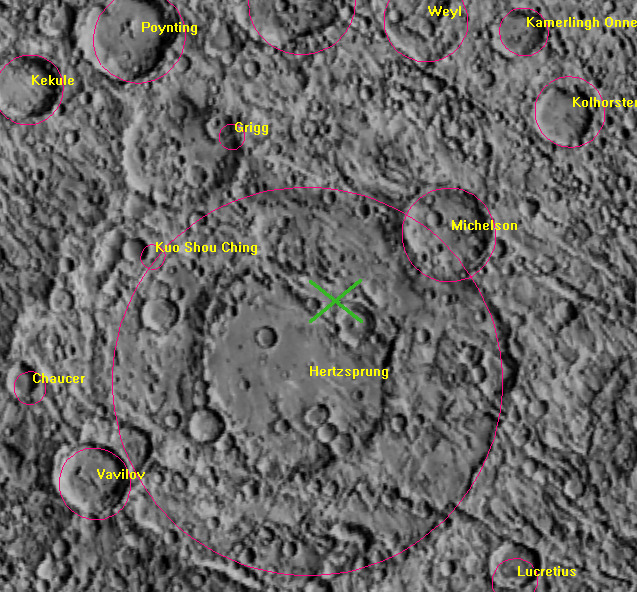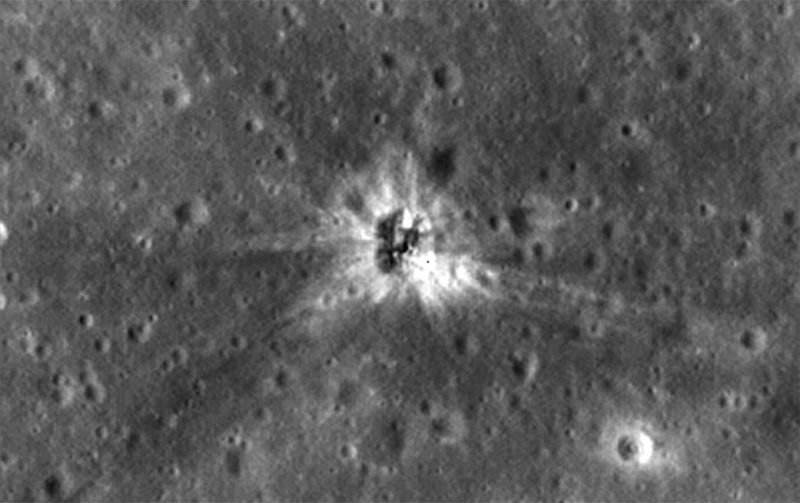
On March 4, 2022, the spent upper stage of a SpaceX Falcon 9 rocket will crash into the moon. The debris has been in space since February of 2015, when it launched the Deep Space Climate Observatory into space. The Falcon 9 made a close flyby of the moon on January 5, 2022. Data from observers helped scientists pinpoint its orbit, discovering it would hit the Hertzsprung crater on the moon’s far side on March 4 at approximately 12:25 UTC. The debris will hit at a speed of 5,800 miles an hour (9,300 km/h). The effects of the impact will be minimal, aside from a new, albeit small, crater on the moon.
This is the first known unintentional impact of space junk with the moon. However, the moon has endured a great many intentional impacts of rockets and other spacecraft.
The 2022 lunar calendars are here. Order yours before they’re gone!

How to see the SpaceX Falcon 9
On March 4, the moon will be in a waxing crescent phase. While you are welcome to gaze at the moon, you won’t see any of the action as the Falcon 9 comes crashing down. The rocket booster is very small. And, most importantly, the impact site is on the far side of the moon, the side we don’t see from Earth.
The Virtual Telescope Project will have two live feeds to show the rocket debris in real time on February 7 and February 8, 2022, at 18 UTC. This observing event is almost a month before the impact, but it should be around the last times the Falcon 9 upper stage will be visible to Earth.
For details on the live feed, visit Virtual Telescope
For starters that's a Crew Dragon launching on the left not a science mission; and on the right the Falcon 9 rocket's second stage, which has no fuel mind you, is burning hard toward the Moon, which does not have an atmosphere but is nonetheless producing some kind of shock wave.
— Eric Berger (@SciGuySpace) January 26, 2022
Not the first human spacecraft crash on the moon
Debris has been crashing into our moon since the moon and the rest of the solar system formed, billions of years ago. And we humans have intentionally crashed some of our spacecraft into the moon. During many of the Apollo missions, for example, NASA crashed the rocket booster stages (the S-IVBs) into the moon for scientific reasons. It allowed them to take seismic measurements to help them characterize the lunar interior.
Intentional crashes into the moon or other worlds in our solar system also are useful because they eliminate space debris.
If you scan this list of artificial objects on the moon, you can see that a great many of them were intentionally crashed.

Bottom line: Rocket debris of a SpaceX Falcon 9 upper stage will impact the far side of the moon on March 4, 2022. The effects will be minimal, but it’s fun to think about! And we’ve got links to live feeds in February – when the rocket upper stage will still be visible through telescopes, glinting in the sunlight – in this post.











